Introduction to the Thomas Clown Affair
A concise description that includes primary keywords, such as “Explore the Thomas Clown Affair, one of the most intriguing art heists in history, uncovering its cultural impact, investigation, and lessons for the art world.
In the annals of art heists, few events have captivated the public’s imagination like the Thomas Clown Affair. This bizarre case, named for the priceless art pieces involved and the audacity of the heist, has intrigued art lovers, historians, and mystery enthusiasts alike for decades. The Thomas Clown Affair is not just another art theft; it’s a tale of deception, high-stakes drama, and a mystery that left a permanent mark on the art world.
This notorious affair goes beyond the theft of a famous work; it highlights the enduring vulnerability of even the most guarded museums and raises profound questions about the lengths to which some will go to obtain cultural treasures. This article dives deep into the mysterious Thomas Clown Affair, exploring its history, the events of the heist, the investigation, and its cultural impact. Join us as we unravel this mystery that continues to captivate people around the globe.
2. Background of the Thomas Clown Affair
The Thomas Clown Affair centers on a series of stolen art pieces from renowned museums in Europe, where some of the world’s most precious artifacts are housed. The affair’s name comes from the star piece of the heist—a painting depicting an enigmatic clown figure crafted by a famous 19th-century painter. This piece, often called “The Thomas Clown,” had been exhibited in a major European art museum, drawing thousands of visitors every year due to its mysterious aura and vibrant, lifelike detail.
The origins of the painting are as fascinating as its disappearance. Created in the early 1800s by a reclusive artist with a penchant for whimsy and dark undertones, “The Thomas Clown” depicted a figure said to embody both joy and sorrow. Art historians believe the artist painted it during a tumultuous time in his life, with each brushstroke revealing an emotional depth that resonated with viewers. Its mysterious backstory made the painting not only a visual masterpiece but also an iconic representation of the human experience.
3. The Heist Details
On a chilly spring evening, the Thomas Clown Affair unfolded in a manner that seemed almost too bold to be real. It was a late night when the museum’s security team received an alarm triggered in the East Wing, where the “Thomas Clown” painting was displayed. By the time security personnel arrived, the room was eerily empty—the painting was gone, and the gallery was completely undisturbed as if the thief had vanished without a trace.
The heist itself was meticulously planned. Here’s a breakdown of the main events:
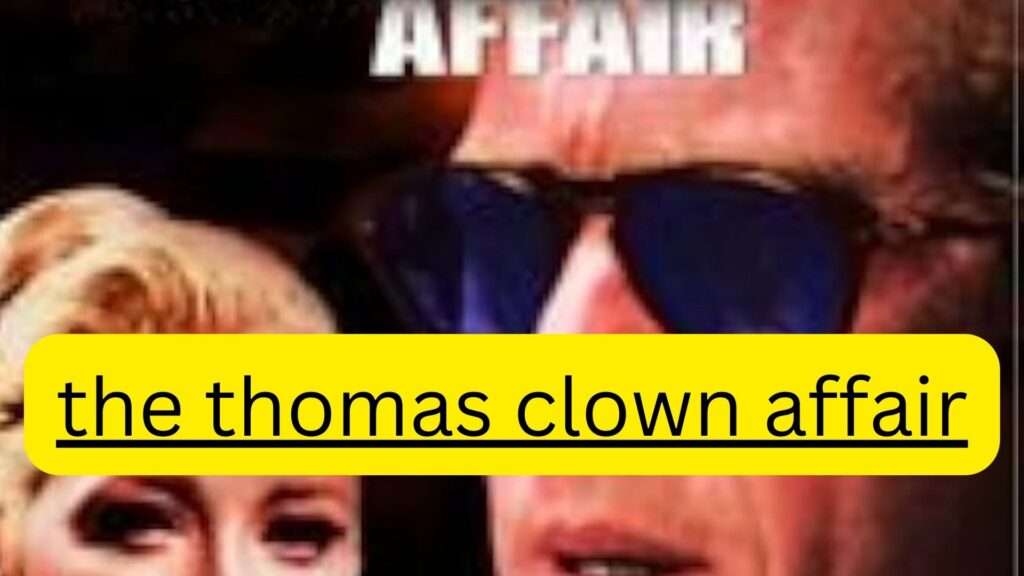
- Pre-Heist Surveillance: Over the months leading up to the theft, museum staff reported seeing unusual activity around the Thomas Clown exhibit. Some visitors seemed too interested in the security setup, and strange markings appeared around windows and doors.
- The Night of the Heist: On the evening of the theft, the museum’s state-of-the-art security system went offline for approximately 12 minutes, during which time the painting was taken. Subsequent investigations would reveal that the thieves used a sophisticated hacking device to deactivate alarms and bypass digital locks.
- The Escape Plan: What made the heist particularly fascinating was the escape. No security footage captured the thieves, and authorities speculated they may have accessed hidden passages in the historic building—long forgotten by museum staff.
While many heists rely on brute force, the Thomas Clown Affair demonstrated an unparalleled level of planning and execution. Some have likened the heist to a performance art piece in its own right—a theft so smooth that it felt as if the painting had simply disappeared into thin air.
4. Investigation and Public Reaction
When news of the Thomas Clown theft broke, the public response was explosive. Media outlets around the world covered the story, making it one of the most widely reported art thefts in recent history. Speculations abounded, from international art syndicates to mysterious private collectors who might have commissioned the theft.
Investigation Process
Law enforcement agencies and art crime specialists from around Europe were called in to investigate the heist. Their task was daunting: the thieves had left virtually no physical evidence, and the museum’s surveillance footage provided no clues. The investigation faced several challenges:
- Lack of Evidence: Forensics teams found no fingerprints, hair, or other traces that could lead them to the culprits. It seemed as though the thieves wore full protective gear.
- Involvement of Hackers: Experts discovered that the museum’s digital systems had been hacked, indicating the thieves’ sophisticated understanding of cyber operations.
- Art Syndicate Theory: Some investigators proposed that an international art syndicate might have orchestrated the heist, given its precision and the high value of the stolen piece.
Theories and Suspects
Various theories circulated regarding the identity of the thieves. One suspect was a notorious European art thief known for targeting high-profile museums. Others speculated the involvement of a wealthy collector willing to risk it all to obtain the “Thomas Clown.” No concrete evidence, however, was found to substantiate these claims.
Media and Public Reaction
The case quickly took on a life of its own in popular culture. Talk shows, documentaries, and even conspiracy theory podcasts dedicated episodes to the “Thomas Clown Affair.” Theories ranged from the plausible to the outlandish, and the affair became something of an urban legend. The public’s fascination with the heist only grew as investigators struggled to find answers, with some dubbing it “the perfect crime.”
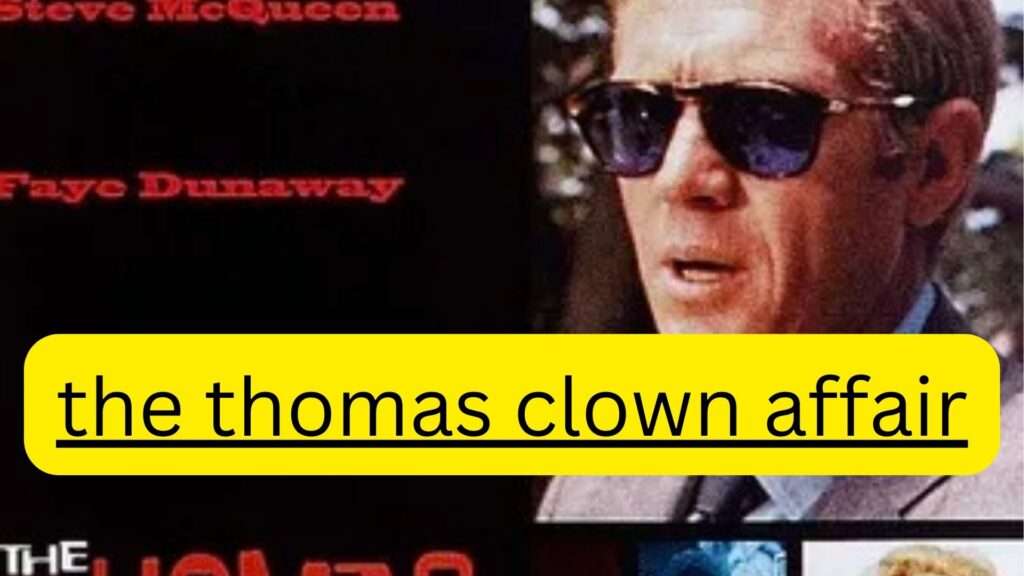
5. The Cultural and Artistic Impact
The Thomas Clown Affair didn’t just impact the art world; it also left an indelible mark on popular culture. Artists, filmmakers, and writers found inspiration in the story, incorporating elements of the heist into their work and perpetuating the myth of the affair.
Influence on Museum Security
Following the Thomas Clown heist, museums worldwide took steps to enhance security. Here’s how the affair influenced the industry:
- Technological Upgrades: Institutions invested in advanced surveillance and cybersecurity measures to prevent digital breaches like the one in this heist.
- Increased Personnel Training: Security teams were trained to identify suspicious behavior, and museums hired cybersecurity experts to protect their collections.
- Insurance Protocols: Insurers re-evaluated policies to reflect the changing risks of art theft, creating stricter guidelines for coverage.
Pop Culture Influence
The affair’s allure extended beyond the art world. Filmmakers produced thrillers inspired by the story, while authors penned novels that reimagined the affair with creative twists. Iconic scenes in recent heist movies feature elements that directly echo the Thomas Clown Affair, emphasizing the mastermind planning and clean getaway that marked the case. Additionally, artists in various fields have used the affair as a metaphor for themes of ownership, legacy, and loss.
The Public’s Ongoing Fascination
The allure of the Thomas Clown Affair persists due to a mix of mystery and cultural intrigue. It taps into the public’s fascination with art, secrecy, and the lengths people will go to possess beauty and history. The story has evolved into an art-world legend, immortalizing “The Thomas Clown” not just as a painting but as an icon of enigma and desire.
6. Legacy and Lessons Learned
The Thomas Clown Affair stands as a lasting reminder of the vulnerabilities within the art world. Though over time art institutions have fortified their defenses, the heist underscored that no system is entirely impenetrable.
Lessons for Art Institutions
The Thomas Clown Affair offered hard lessons for art institutions and private collectors:
- Importance of Cybersecurity: Museums now view cybersecurity as essential to protecting their assets.
- Collaborative Investigation Efforts: The affair showed the need for international cooperation in investigating art crimes, as these often span multiple borders.
- Cultural Value vs. Economic Value: While the stolen piece carried immense cultural importance, its disappearance highlighted the tension between preserving art for public appreciation and the reality of its high market value.
Society’s View on Art Crime
As with many high-profile art heists, the Thomas Clown Affair shaped society’s view of art crime, adding a layer of intrigue and ethical complexity to art theft. Some see art theft as a “victimless” crime, while others recognize its impact on cultural heritage. The affair serves as a compelling case study, inviting people to ponder the dual nature of art as a public treasure and a highly coveted asset.
7. Conclusion
The Thomas Clown Affair remains one of the art world’s most captivating mysteries. The theft of “The Thomas Clown” went far beyond a simple heist; it became a symbol of the lengths people will go to for art, a challenge to security systems, and a cultural phenomenon. Despite ongoing interest and investigation, the painting has never been recovered, and the mystery endures, leaving us to wonder: Was it the perfect crime, or simply one that has yet to be unraveled?
As the world continues to cherish art as both heritage and asset, the Thomas Clown Affair serves as a timeless reminder of art’s power to inspire, mystify, and elude us.
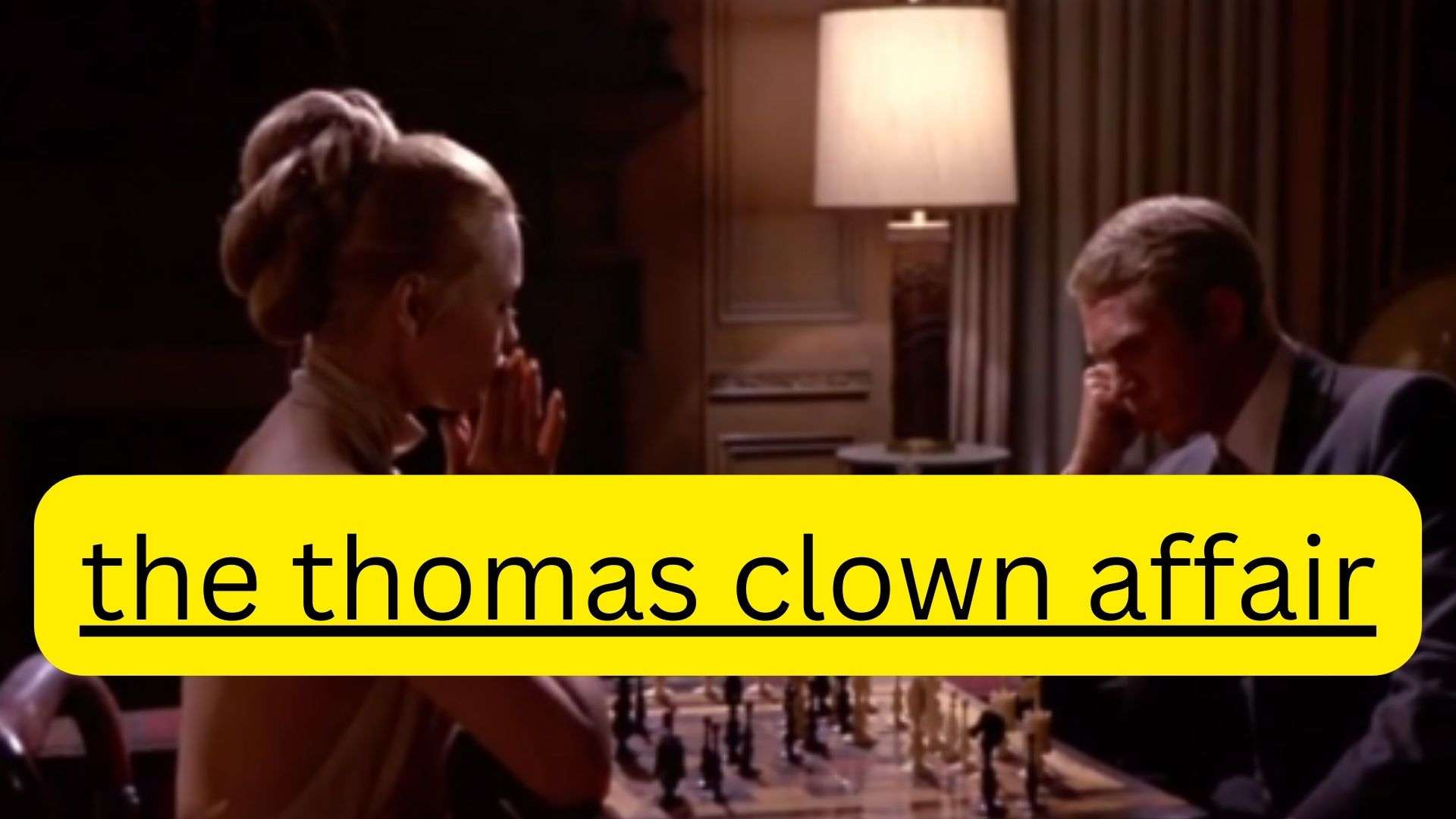



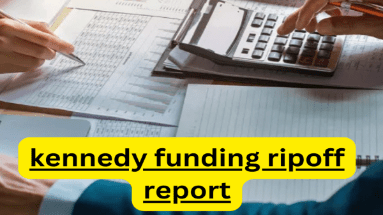


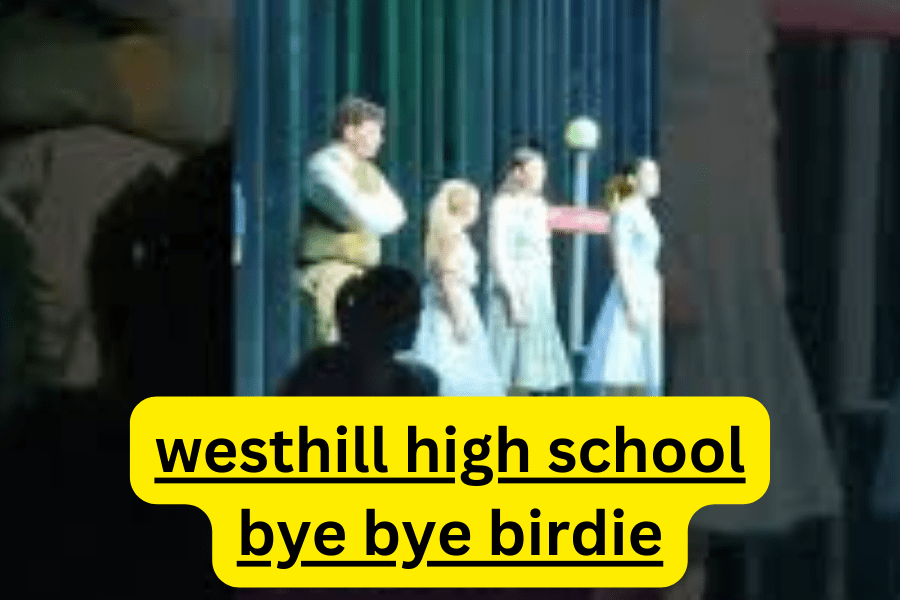

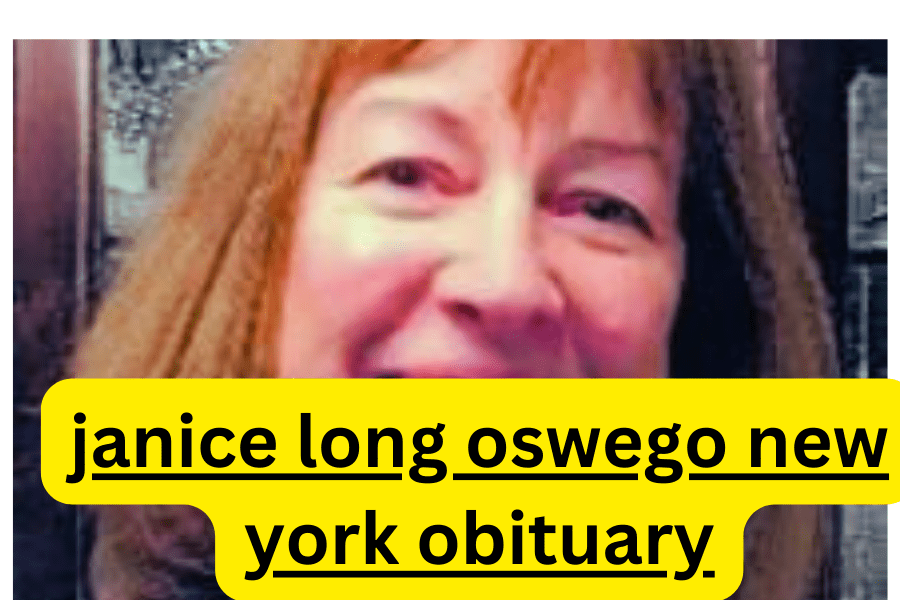
Leave a Reply